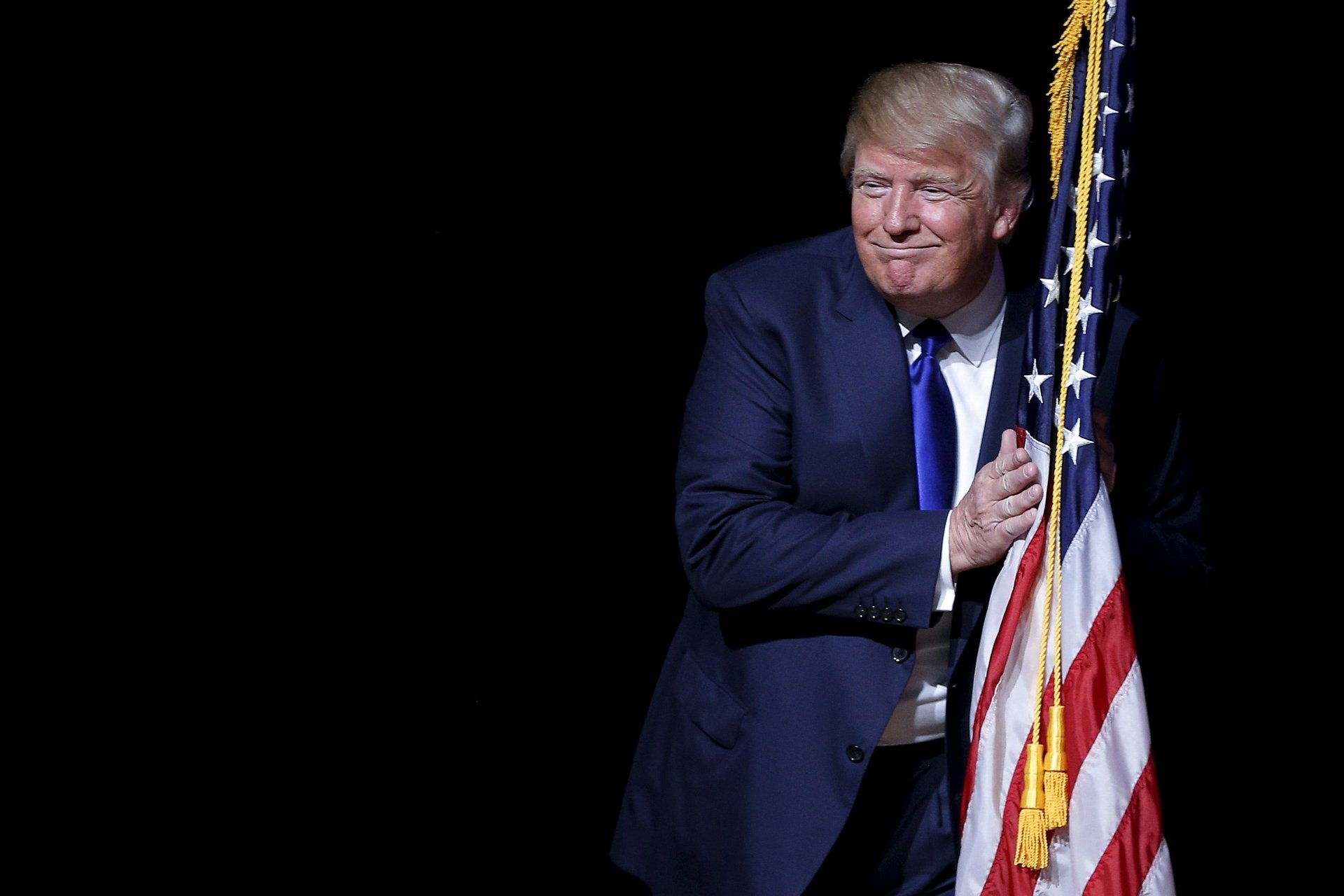What happens when a president declares a national emergency?
This story was updated at 12:25pm US eastern time today (Feb. 15):


This story was updated at 12:25pm US eastern time today (Feb. 15):
Donald Trump’s declaration of a national emergency to build his border wall gives a president who has shown disdain for constitutional limits and governmental norms powers normally associated with authoritarian leaders.
To go around a Congress reluctant to give him all of the funding he says is necessary to secure the southern border with Mexico, Trump said he intends to pull together $6.5 billion more than lawmakers have approved.
“I’m going to be signing a national emergency,” Trump told reporters. “We’re talking about an invasion of our country with drugs, with human traffickers, with all types of criminals and gangs.”
Trump’s intention was revealed on the floor of the Senate yesterday (Feb. 14) by majority leader Mitch McConnell, who had tried to talk him out of the drastic measure. The White House is still indicating that Trump will sign a bill to keep the government open. He did not, however, mention that in his Rose Garden remarks.
Trump “will sign the government funding bill and as he has stated before, he will also take other executive action, including a national emergency, to ensure we stop the national security and humanitarian crisis at the border,” Sanders told reporters.
A declaration of a national emergency gives a president broad powers that include taking control of communication networks, declaring curfews, and limiting citizens’ movements.
Since 1976, when Gerald Ford signed the National Emergencies Act, presidents have been able to declare a national emergency in times of crisis. The idea is reasonably straightforward: The president’s already substantial powers are given a boost in order to tackle an emergency head-on. These might include, as a 2007 Congressional Research Service report lays out, the right to:
seize property, organize and control the means of production, seize commodities, assign military forces abroad, institute martial law, seize and control all transportation and communication, regulate the operation of private enterprise, restrict travel, and, in a variety of ways, control the lives of United States citizens.
The commander in chief can assert these rights without explanation. Presidents must spell out which laws support a declaration. Republicans and Democrats alike have been planning legal challenges to Trump’s declaration. The president wants to take funds and manpower from the US military to build a wall on the southern border of the US that he promised supporters on the campaign trail—despite the fact that illegal immigration is at a historical low.
Ahead of today’s declaration, House speaker Nancy Pelosi and Senate minority leader Chuck Schumer said it would be “a gross abuse of the power of the presidency and a desperate attempt to distract from the fact that president Trump broke his core promise to have Mexico pay for his wall,“ calling Trump’s move “yet another demonstration of president Trump’s naked contempt for the rule of law.”
Susan Collins, the Republican senator from Maine, said a declaration would “be a mistake on the part of the president,” calling it “of dubious constitutionality.”
Despite the high drama, national emergencies are actually quite common—as is the reluctance of presidents to end them. Trump’s declaration is the third of his presidency, following September’s “Imposing Certain Sanctions in the Event of Foreign Interference in a United States Election” and November’s “Blocking Property of Certain Persons Contributing to the Situation in Nicaragua.” Neither of those, though, involved redirection of US military assets.
After the president makes an emergency declaration, the law says the House and Senate should review it every six months, to make sure that it’s still necessary. They can similarly pass a joint resolution to bring it to an end. (Congress tends to ignore this requirement: some 31 national emergencies declared since 1976 are ongoing, according to CNN, of which 11 are from the Obama administration.)